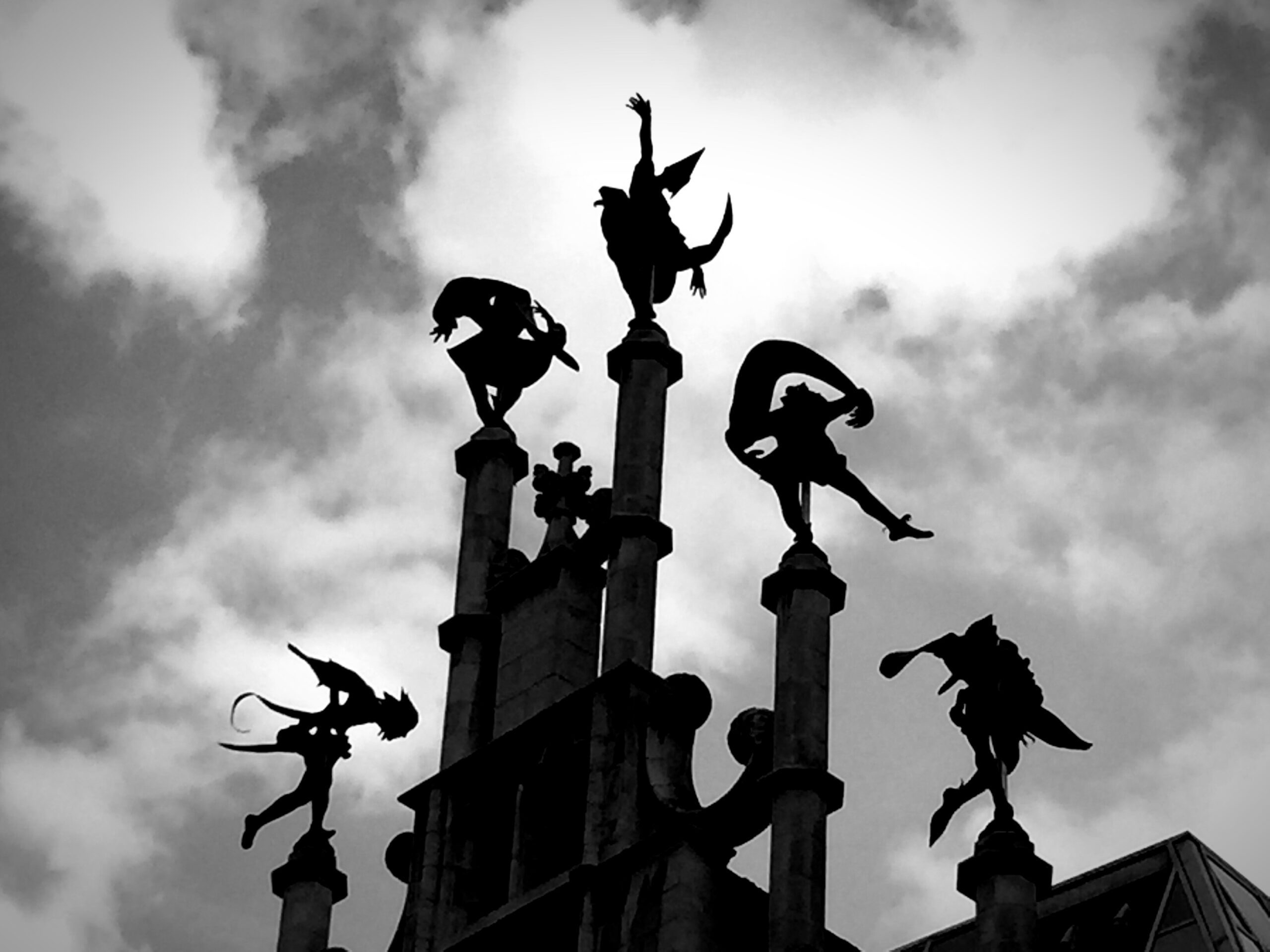
Strong relationships can be formed (as is the case with one’s partner in playing Bridge); however, these relationships may be temporary (shifting partners). Furthermore, for Katherine these relationships are oriented toward the collaborative achievement of something together–as in winning a game of Bridge with one’s partner (or agreeing to participate with people she knows in the dream lab). It might also be informative to note that Katherine decided after graduating from the University of Oregon to work in the field of special education. This work provided her with a structured setting in which to relate to other people. Furthermore, this is a setting in which she had considerable control and held a position of authority over people who required assistance. In other words, Katherine held all of the trump cards when assisting people with special needs.
For French and Fromm, the focus could now turn to the identification of characters, actions, settings and events in the dream that point to and help to “resolve” issues of major importance. This is where these two analysts are striking out in new, unchartered territory regarding dream interpretation. As note in the subtitle of their book, they are offered a “new approach.”
Level Two: Sub-focal Conflicts
We begin this consideration of second level interpretation by once again turning directly to the words offered by French and Fromm (1964, p. 40):
We often succeed in recognizing the focal conflict on which the dreamer’s interest is for the moment centered, but underneath this focal conflict there is always a whole constellation of “subfocal” conflicts, some of them dating back to the “prehistory” of the patient’s infancy. We speak of a constellation because we expect to find that these conflicts are closely related to one another.
Cognitive Structure: For French and Fromm, the level two content of a dream is directly linked to the dream’s manifest content. It is through the cognitive structure of the dream that this linkage takes place. This cognitive structure, in turn, preserves the direct meaning of the manifest content while hinting at another meaning. We don’t need fancy symbolic representations (as found in many “Dream dictionaries’) nor do we need universal thematic archetypes such as the Jungians are offering. Rather it is a small step to the representation of sub-focal conflicts—especially when these representations often come in a cluster and appear repeatedly on our dreams (French and Fromm, 1964 p. 40).
It is as if the sub-focal conflicts are screaming out for our attention. They are not hidden in a vail. They are not to be seen “through a glass darkly.” Rather, they are presented in a manner that points the way toward resolution. They offer “out-of-the-box” perspectives and practices. “Divergent” ways of seeing and working on the problem are offered in the “safe environment” of the dream. No real-life action is taking during the dream (we are asleep after all!!), so we can “make believe” and do some pilot testing. As Deirdre Barrett (2001) noted in The Committee of Sleep the sub-focal conflicts that often have arisen during the previous day (and are represented in the manifest content of the dream) can be solved or at least managed through the creative problem-solving processes of the dream.






